Animation that understands how complex human beings are biological machines

The human body is said to consist of approximately 60 trillion cells. YouTube channel
You Are an Impossible Machine-YouTube
Cells are structured like tens of thousands of fruits such as watermelons and grapes floating in a room filled with tens of trillions of grains of sand.
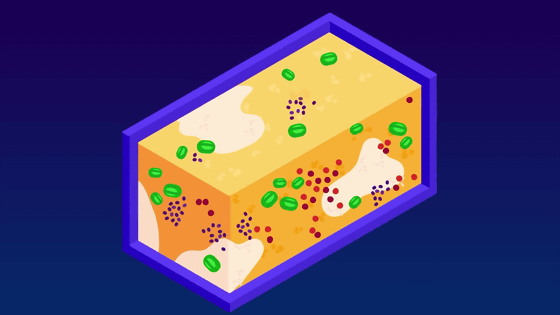
Of course, sand and fruit are just examples, real cells are made up of water and invisible small protein and sugar molecules.

Proteins make up most of the cells. Proteins are the basis of life in the human body.
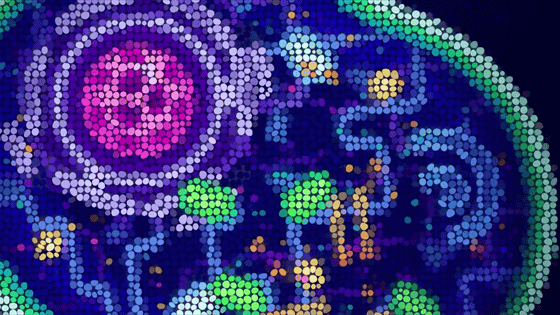
Proteins are made up of compounds called amino acids. Amino acid is a general term for organic compounds having a carboxy group (-COOH) and an amino group (-NH 2 ), some of which are used as protein materials.

In particular, amino acids that are the materials of proteins are called α-amino acids, and there are 21 types of them.
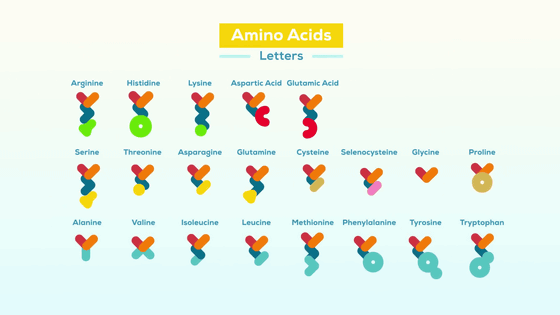
By dehydration bonding (
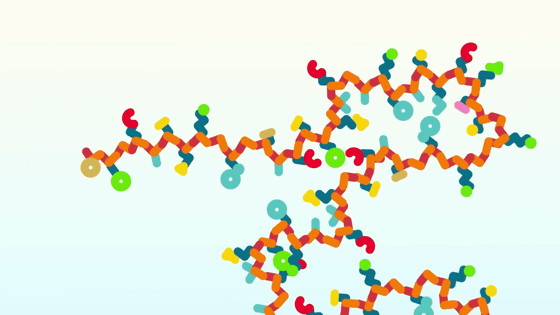
In life activities, amino acids are like the alphabet, and proteins are like words.
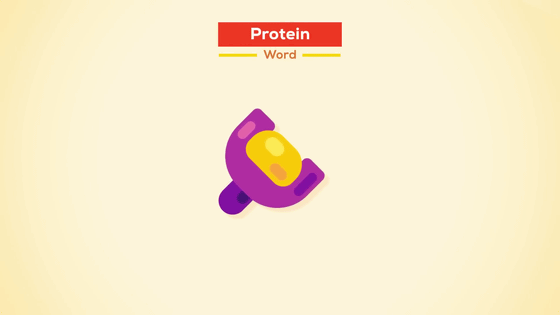
And one life activity is executed by multiple proteins. The biological activity carried out by this chain of multiple proteins is called a 'pathway', which is equivalent to a sentence.

In the case of humans, if the number of words that make up one sentence is 8000, the life language of proteins is equivalent to about 20,000 words.
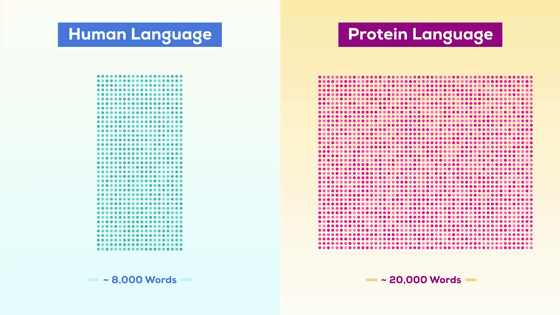
In the case of English, one word has an average of about 5 letters, but in the case of protein, it is composed of about 375 amino acids.
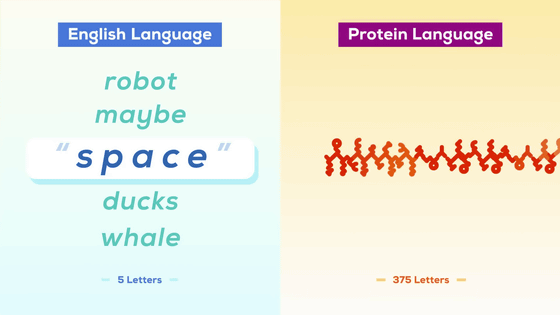
The blueprints of such proteins are written in
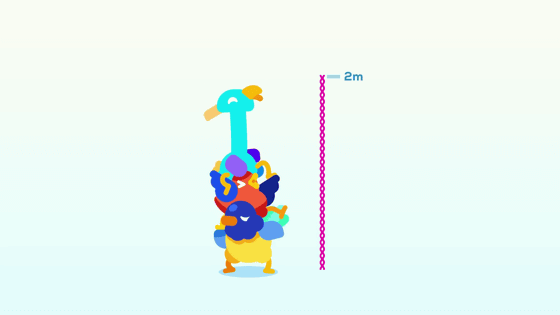
It seems that if you connect all the DNA contained in one human body, it is equivalent to 20 times the distance between the earth and the sun, which is about 150 million km.
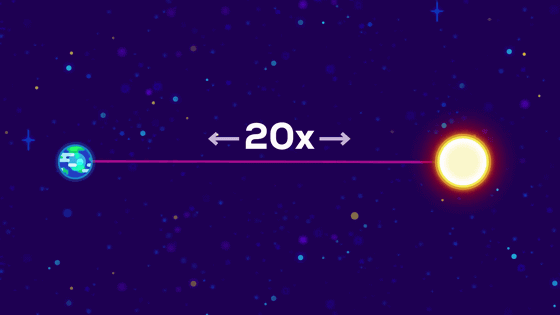
DNA has a structure in which strings connected by substances called nucleotides draw a double helix. There are four types of nucleotides: adenine, guanine, cytosine, and thymine, and the arrangement of these nucleotides is the blueprint of proteins.

In general terms, DNA is
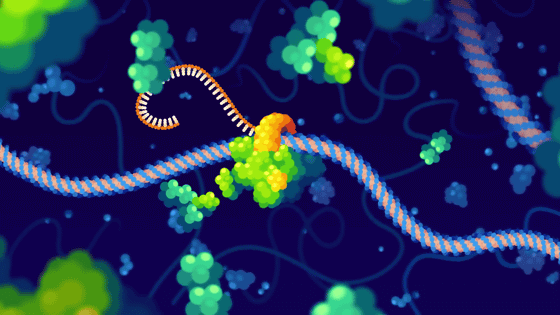
If amino acids are letters, proteins are languages, pathways are sentences, DNA is grammar, and cells are speakers.

Amino acids connected by the central dogma acquire a three-dimensional structure by folding.
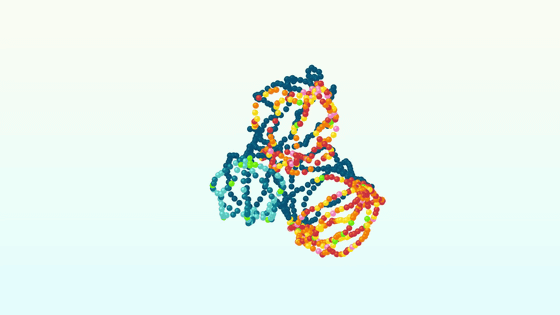
This three-dimensional structure is important for proteins in their life activities. For example, there may be multiple proteins with corresponding three-dimensional structures.

By physically engaging this, new functions may be obtained.

In addition, DNA, which is the blueprint of proteins, has a structure that folds and wraps proteins called
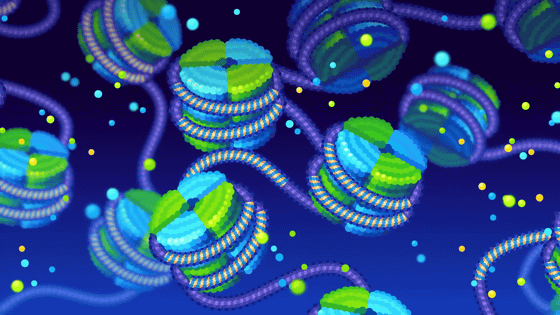
Histones allow DNA to fold into small, physical units called
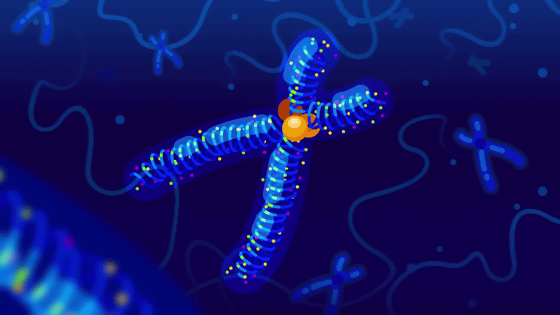
A cell contains multiple copies of this chromosome. Humans normally have 46 chromosomes in the cell nucleus.
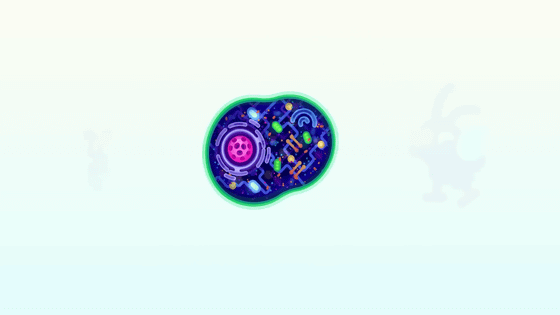
Cells then differentiate according to their roles and gather together to form tissues.
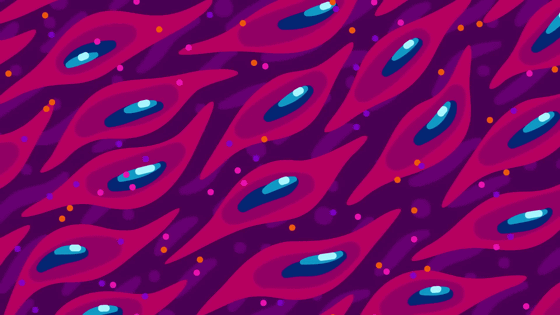
Furthermore, the organization gathers and our body exists.

Related Posts:







